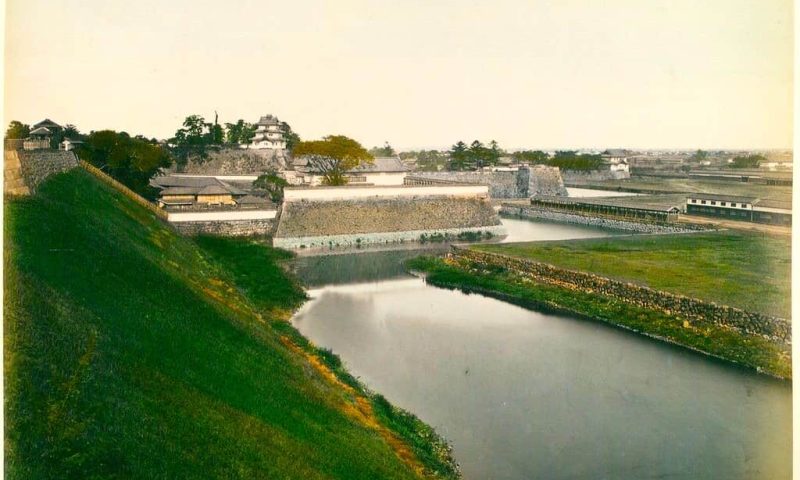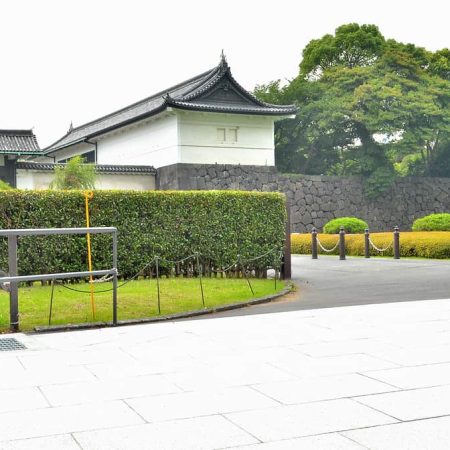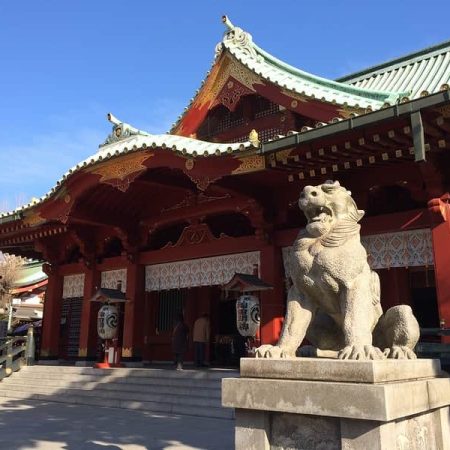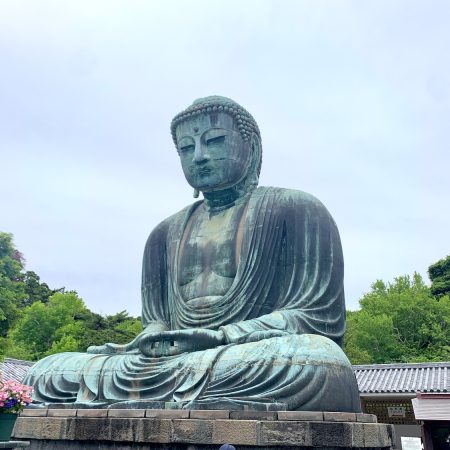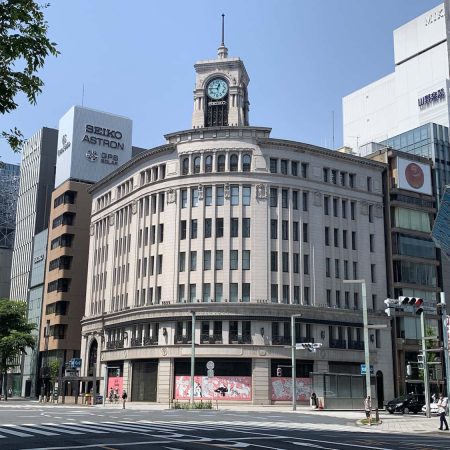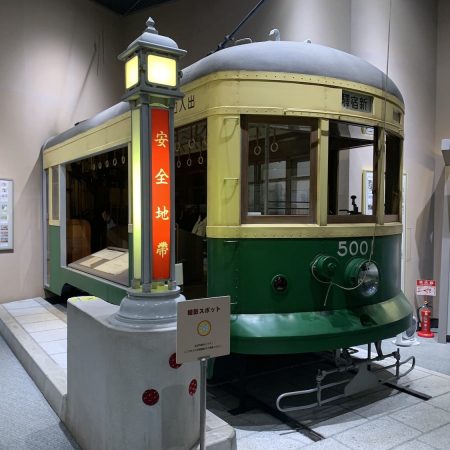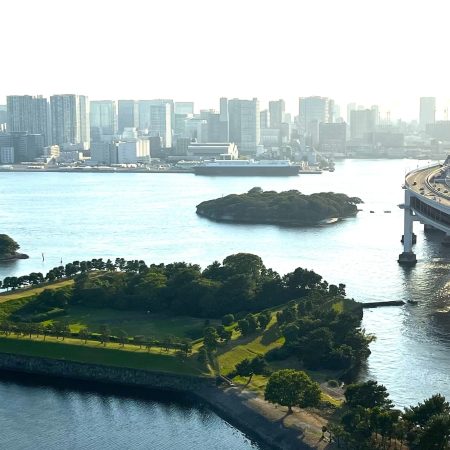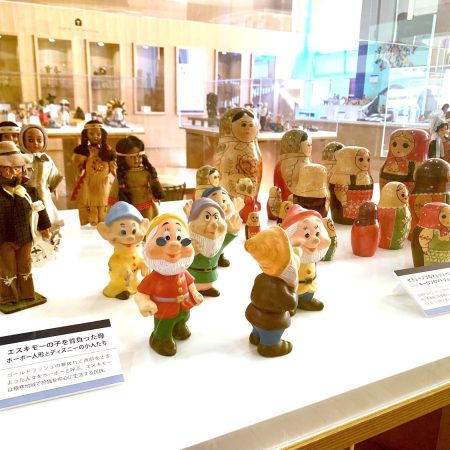Edo Castle: Known for its Rich History, Serene Gardens, and Museums
Edo Castle, a flatland fortress and a prominent feature of the Tokyo Imperial Palace, serves as both the residence and palace of the Imperial Family and a haven for serene gardens and several museums open to the public. The castle was constructed in 1457 by Ota Dokan under the jurisdiction of the Uesugi clan, but it was not until the arrival of Tokugawa Ieyasu that the castle truly came to prominence.
Thanks to Ieyasu’s innovative urban planning, Edo (Tokyo) rapidly developed into the social and political hub of Japan, with a population that surpassed one million in just a century, making it the largest city in the world. In 1603, Ieyasu became Shogun and made Edo the capital of Japan, mobilizing a workforce to construct the imposing stone walls, watchtowers, and palaces that formed the heart of the city. This was under the guidance of renowned castle architect Todo Takatora, a friend of Ieyasu.
Castles were a crucial symbol of the Tokugawa state order, representing the realm of the daimyo and the privileges conferred by the Tokugawa shoguns. Among them, Edo Castle stood out as the largest and symbolized the supremacy of the Tokugawa house as the leader of Japan’s warrior elite. Today, the castle is a popular tourist attraction, offering visitors a glimpse into Japan’s rich history and culture. With its serene gardens and several museums open to the public, it’s a must-see destination for any history buff visiting Tokyo.

